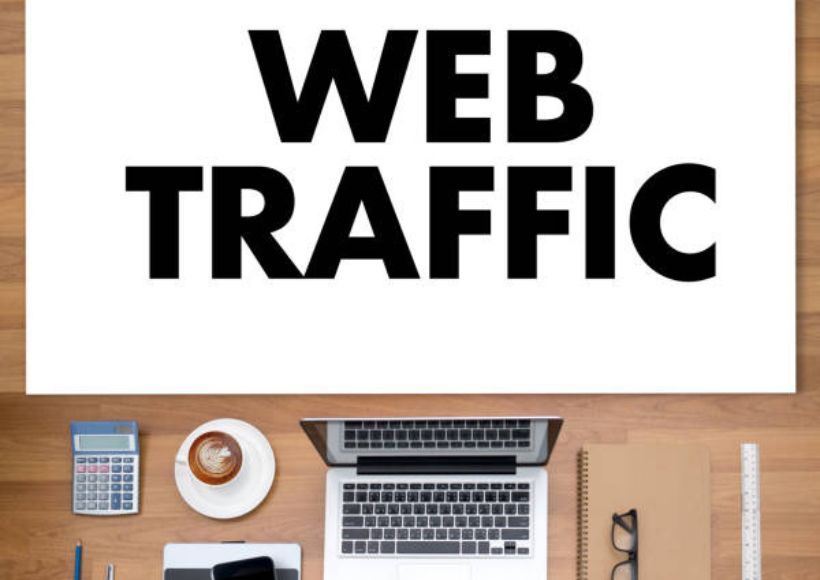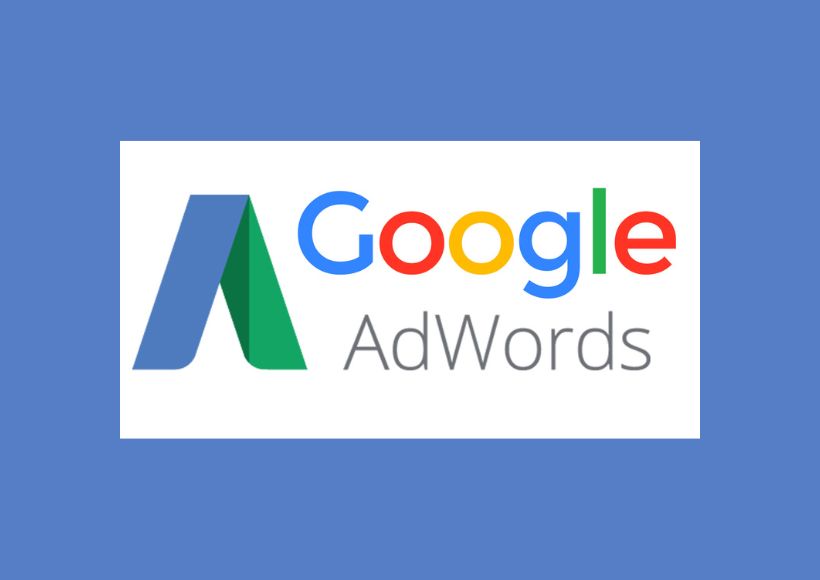How To Improve The Speed Of Your Website?

How To Improve The Speed Of Your Website? In this article, we want to look at page load speed and why it is crucial for any web page. A slow website harms your website’s web positioning (SEO) and generates frustrations and terrible user experiences among your visitors. Let’s take a closer look at these effects:
Charging Speed And Usage Experiences:
We have become very impatient, we go so fast that we do not want to wait for anything or anyone, and web pages are no exception. If your website is slow, your visitors will get desperate and leave dissatisfied in no time. How To Improve The Speed Of Your Website?
Speed And Web Positioning (SEO)
It is not a secret that Google considers the loading speed of the different pages when ranking its results. And a better position in Google results will translate into a higher number of visits. How To Improve The Speed Of Your Website?
But this is not something new, and it was in 2010 that Google made public that the loading speed is one of the factors used by its system (algorithm) to decide the position of each page. Google has the Page Speed Insights tool that will help you identify problems affecting your site’s speed. Other devices like Pingdom or Webpage test.org can help audit the loading speed.
But lower positions in Google are not the only negative effect that poor loading speed will have on your website. The Google system ( crawler ) will take longer to visit, crawl and index your content, the worse the loading speed. How To Improve The Speed Of Your Website?
In an interview, Google engineer Gary Ill yes explained that his crawler stops visiting and indexing pages when it detects that its presence is affecting the website’s loading speed. Better speeds encourage Google’s crawler to visit your page and index your website more often.
What Can I Do To Optimize The Speed Of My Website?
You can take several actions to improve your website’s speed. Some only require a few clicks, but they can make a difference. It must be said that others are more complex but ignoring them can have negative consequences. How To Improve The Speed Of Your Website?
In the following list, you can find the most common improvements you can make to your website to boost the loading speed. By the way, they are ordered from easiest to most complex:
- When the server cannot absorb a website’s needs, it will cause the web page to load slowly. For example, the simultaneous connection of many users can collapse mid-range and low-end hosting. In these cases, you must talk to the provider and see their solution. If the situation does not improve, it will be good to consider a hosting change and choose one that best suits the project’s needs.
- Indeed you use a content manager (e.g., WordPress, Drupal, etc.) and have plugins installed. Deactivate and uninstall the plugins you do not use, and ensure that the ones you have installed are efficient.
- Many times we inadvertently upload images that are not optimized for web use. Optimize all photos, and this is a simple but effective enhancement. Google’s Page Speed Insights tool will help you locate these unoptimized images, and with Tinypng, you can reduce their size and load time. This is especially important for mobile connections.
- Another critical aspect of the images is to take into account their dimensions. If you are going to show the picture in reduced size (e.g., 250 x 250 pixels), do not upload a large one (e.g., 1050 x 1050 pixels). This is wholly inefficient and unnecessary.
- A CDN is a technology that allows you to host copies of the content of your website (e.g., images) in various geographical locations (lower right photo), so the user’s browser will download that content from the server closest to it. The data will travel a shorter distance, and this improves speed. Installing a CDN is an element that will not only enhance your website’s speed but also make it more secure.
- Its use is especially recommended when your primary server is far from some users. For example, it will provide significant added value if your website is located in Spain, but you also receive visitors from Latin America. A CDN can be expensive, but Cloudflare offers a free plan that you can integrate with your website without paying a penny.
- Caching is ideal for dynamic web pages (e.g., created with PHP). It allows you to generate static copies of the web page (e.g., without running PHP) and serve them to end users. This avoids executing the same code that generates the web page repeatedly, resulting in a faster runner. Most content managers have tools for this purpose—for example, the WP Super Cache plugin for WordPress or Boost for Drupal.
- Your system may need some improvements in development. You have to remember that these are not easy to do, and you will need programming knowledge or the help of a professional to execute them. Reducing the number of HTTP requests, compressing the source code, or using sprites are some options you have to improve the speed of your website.
Final
As we have reviewed, there are many negative consequences of not having a good loading speed. But there is room for improvement, especially if you have never done optimization on your website. These improvements are a bit lazy but significantly impact the final result.
Also Read: Why Would Your Startup Need A Mobile App?




